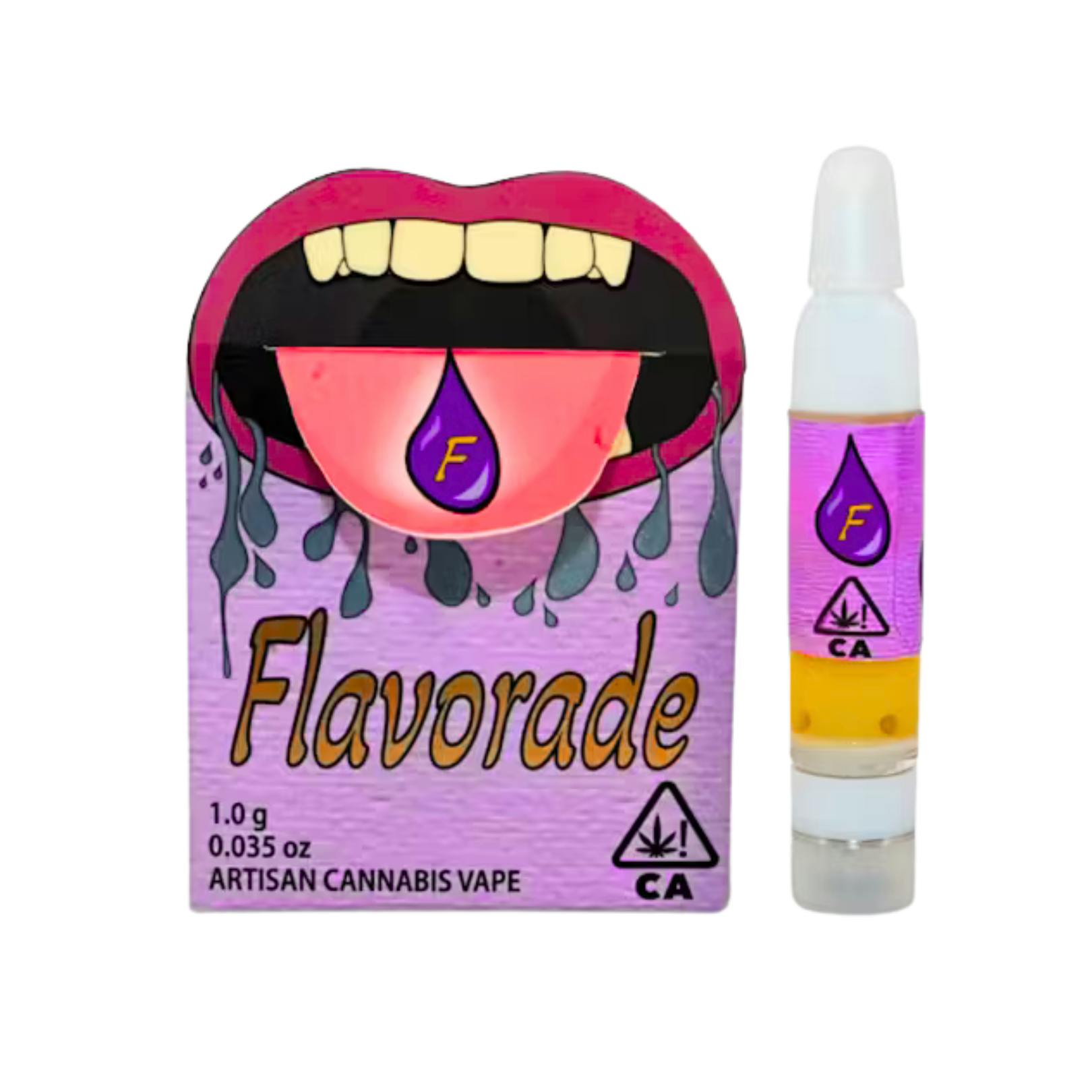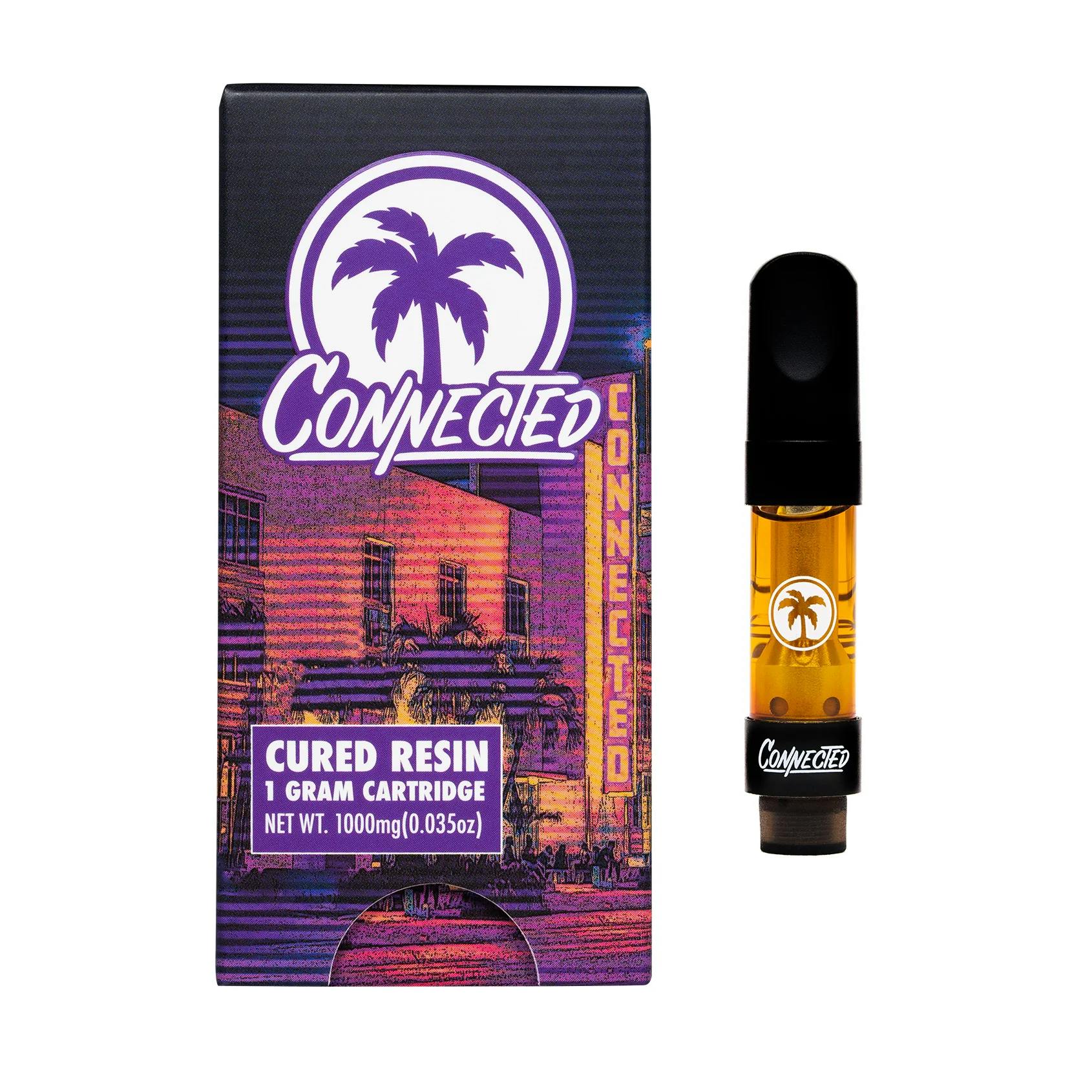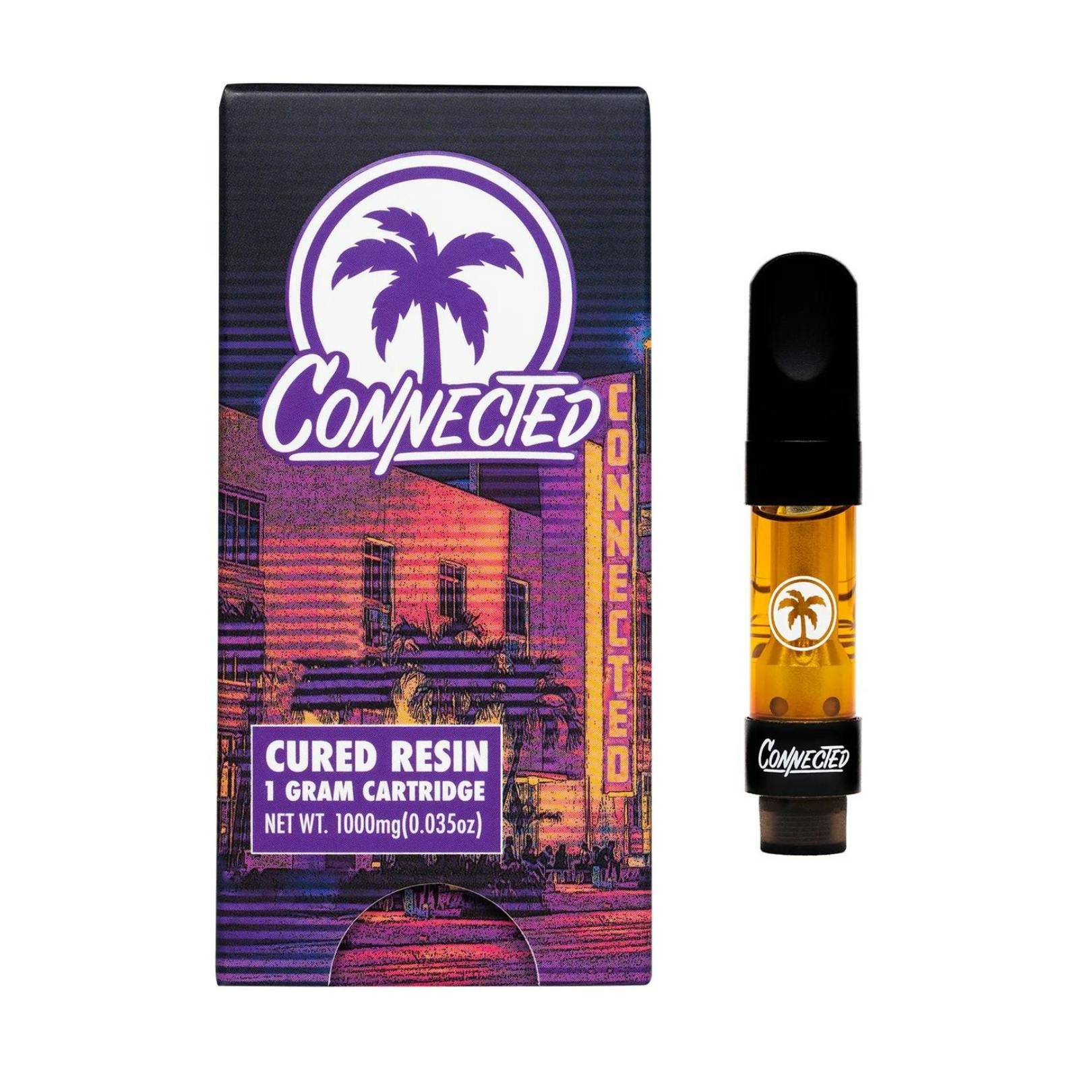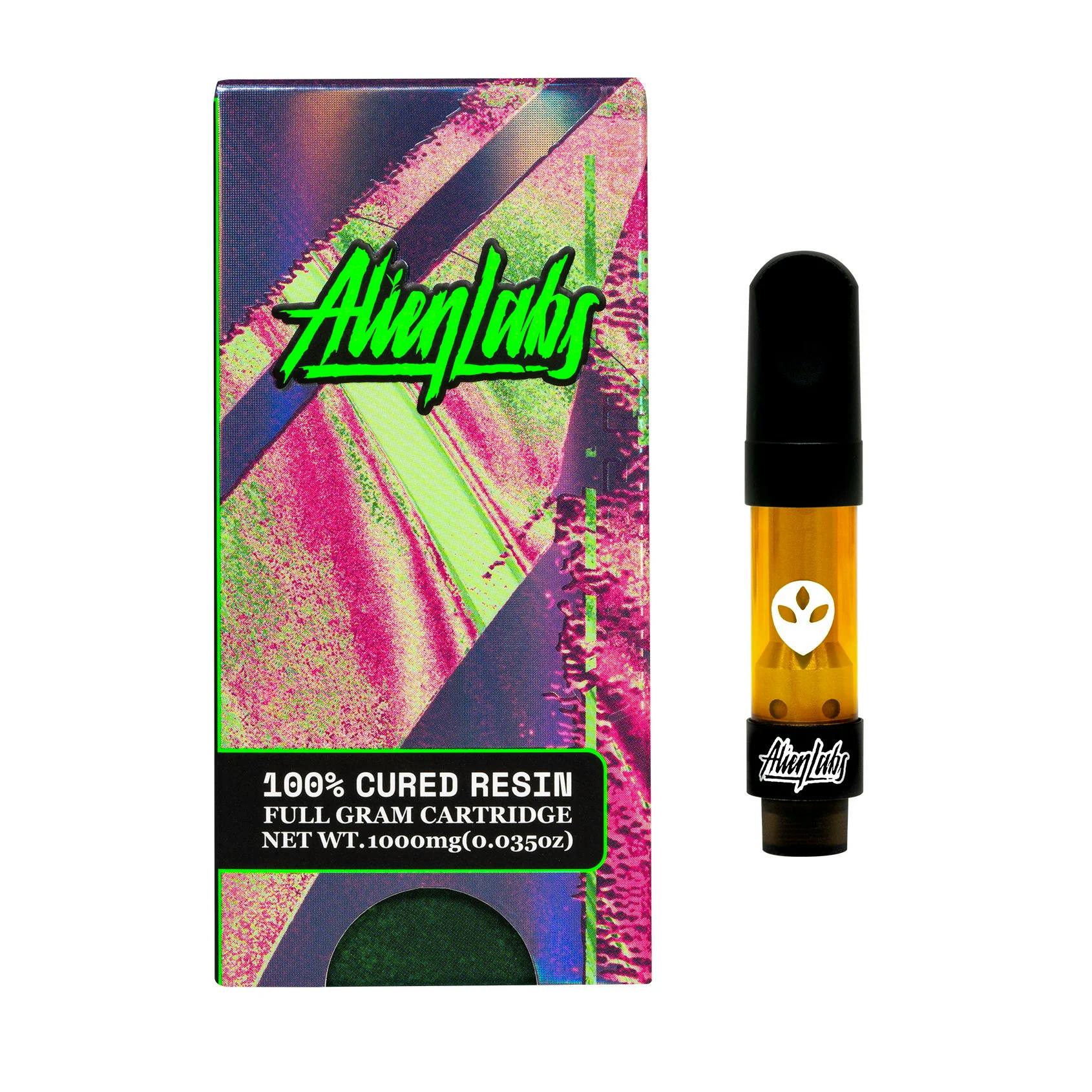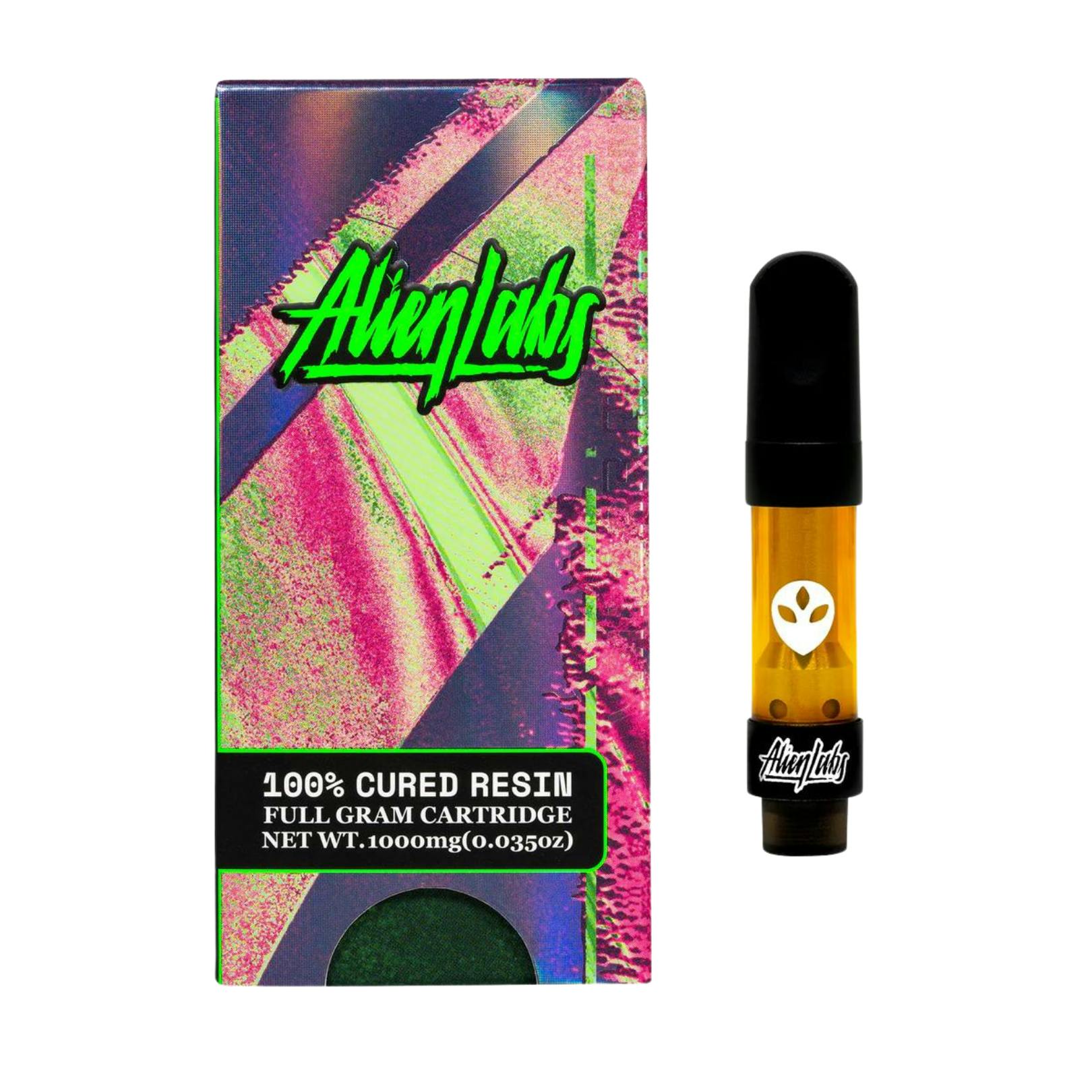HighLights 🔥 Experience the unparalleled purity and vibrant flavor of the Flavorade 1g Cart Electric Mints (Cured Resin). With a potent 75.2% THC, this HYBRID vape cartridge delivers a perfect blend of relaxation and euphoria, making it a must-have for cannabis enthusiasts in California. Known for its unique “Chewy Sprees & Vanilla” terpene profile, this cartridge offers a fresh and authentic taste that captures the essence of premium California cannabis. About Flavorade 🍬 Flavorade is crafted through a single extraction process, ensuring the truest and freshest flavor possible. With zero distillate and nothing added, it showcases the best growers and flavors in California. This commitment to quality makes Flavorade one of the finest vape cartridges available. Experience 😌 Taste 🍪 Indulge in the sweet and creamy notes of “Chewy Sprees & Vanilla,” providing a delectable vaping experience that tantalizes the senses. Craftsmanship 🎨 Meticulously crafted, each Flavorade cartridge ensures consistent dosing and quality. The cured resin process highlights the vibrant colors and rich terpene profile, promising an exceptional vaping experience. Explore Your Vibe 🧙 Unlock the magic of premium cannabis with Flavorade. Whether you’re seeking relaxation or mental clarity, this HYBRID vape cart is your perfect companion. **Looking for our best deals?** Shop directly on our site VibeByCalifornia.com and enjoy our Price Match Guarantee and everyday low prices. Remember, “It’s Always 420 at Vibe.” Cannabinoids are naturally occurring chemical compounds that are found in cannabis and provide consumers with a wide range of effects. THC and CBD are examples of some of the most commonly known cannabinoids.
Terpenes
Cannabinoids
Location
8112 Alpine Ave, Sacramento
Alpha Pinene
0.19%
Alpha Pinene
A commonly found terpene in cannabis, Alpha-pinene lends it's name to it's easily recognized signature scent, that of pine trees. Alpha-pinene is already being used in plants to limit the growth of undesired bacteria as it is the most commonly found terpene in nature. Many users report a boost of energy or brain function when consuming a cannabis product high in Alpha-pinene.
Aromas
Pine
Beta Caryophyllene
1.83%
Beta Caryophyllene
Beta-caryophyllene is known for it's wide variety of potential health benefits both physically & mentally. This terpene has a unique ability to bind to the CB2 receptors; CB2 receptors are targeted when treating pain & inflammation with cannabis. Beta-caryophyllene is also approved for use in food by the FDA & is commonly found in black pepper, cinnamon, & basil.
Aromas
Sharp
, Spice
, Sweet
, Wood
Beta Myrcene
0.56%
Beta Myrcene
beta-Myrcene a.k.a. Myrcene is one of the most common terpenes found in cannabis. Myrcene is known to increase the effects of the psychoactive properties of THC and enhance the health benefits found in CBD. Commonly found in parsley, mangoes & hops, Myrcene is a good option for those looking to add a little relaxation to their overall experience.
Aromas
Earthy
, Musk
, Cloves
Beta Pinene
0.08%
Beta Pinene
beta-Pinene is a monoterpene and one of the two isomer compounds that make up Pinene. This terpene is commonly associated with use in turpentine and luxury goods like perfumes and colognes. Users report an increase in mental clarity and executive function when using strains high in beta-Pinene.
Aromas
Woody
, Pine
Bisabolol
0.07%
Bisabolol
A secondary terpene found in cannabis, a-Bisabolol is an aromatic terpene that also carries a slew of potential health benefits. Most notably present in German chamomile, a-bisabolol may also act as a relaxant for those with insomnia & anxiety. While secondary terpenes take a back seat to the primary terpenes , they may act synergistically with other terpenes & cannabinoids to enhance a desired effect or potential health benefit.
Aromas
Citrus
, Floral
, Spice
Geraniol
0.02%
Geraniol
Geraniol is the terpene most commonly associated with the beautiful smell of geranium. This flavorful terpene is also found in roses, lemongrass, carrots, lemon zest and of course our personal favorite cannabis. Therapeutically Geraniol has shown efficacy as a neuroprotectant, anti-inflammatory and an inhibitor of the proliferation of certain types of cancer cells.
Aromas
Citrus
, Floral
, Sweet
Humulene
0.61%
Humulene
Commonly found in ginseng, ginger, & hops, Humulene is known to lend its robust characteristics to the different scents of cannabis. This terpene has been used in holistic practices for hundreds of years due to its strong anti-inflammatory properties. Humulene has also been reported to act as an appetite suppressant.
Aromas
Herbal
, Spice
, Woody
, Earthy
Limonene
1.39%
Limonene
Limonene is found in citrus rinds and is the second most commonly occurring terpene in nature. This terpene has been used in high dosages as a catalyst in topical products to allow other chemical compounds to pass through the skin for absorption in the blood.
Aromas
Citrus
, Lemon
, Herbal
Linalool
0.82%
Linalool
Linalool is a multi-use terpene that carries a strong calming effect as well as an ability to act as an anticonvulsant in epileptic patients. Found in the plants rosewood, coriander, & lavender, Linalool is a popular terpene commonly present in over 200 species of plants across the world. Linalool is a good addition to your terpene selection when looking for a little R & R.
Aromas
Floral
, Herbal
, Lavender
Terpinolene
0.03%
Terpinolene
Terpinolene is a cannabis terpene with strong aromatic properties which makes it a popular ingredient in perfumes, lotions & soaps. While this may not be a prevailing terpene such as myrcene or linalool, it still has the potential to positively effect the endocannabinoid system through its numerous potential health benefits. Also found naturally occurring in apples, tea trees & sage.
Aromas
Citrus
, Woody
, Spice
CBC
1.63%
CBC (Cannabichromene)
CBC is a unique cannabinoid and is best known for its ability to bind to the TRPV1 and TRPA1 receptors in the brain which are responsible for pain perception. Topical applications of products high in CBC have also shown promise for the treatment of osteoarthritis symptoms and in the treatment of skin conditions such as acne.
CBD
1.2%
CBD (Cannabidiol)
CBD is the second most prevalent cannabinoid and is primarily produced by hemp plants and at lower amounts in cannabis. It works as a phytocannabinoid, or binding agent, that adheres to an individual's endocannabinoid system. Cannabidiol has soared in popularity due to its lack of psychoactive effects. Most users seek CBD for its medicinal properties since it was the first cannabinoid to be approved by the FDA. Its healing properties include an ability to help you relax, reduce irritability and ease restlessness.
CBG
1.55%
CBG (Cannabigerol)
Cannabinoids are synthesized by Cannabigerolic Acid. CBG is the decarboxylated form of this acid that appears at low levels in most cannabis plants. Because its properties are beneficial to multiple parts of the endocannabinoid system, CBG has a wide range of therapeutic uses. It is non-psychotropic and can provide analgesic and antidepressant qualities.
CBN
0.11%
CBN (Cannabinol)
CBN is a cannabinoid that is created during the breakdown of THC by UV light and exposure to oxygen. This breakdown usually begins during the drying and curing process. CBN is most commonly found in older or improperly stored cannabis samples. This compound is mildly psychoactive and is best known for its sedative effects. Strains and products with high concentrations of CBN can be a great choice for users looking to utilize cannabis products to ease restlessness and promote healthy sleep.
THC-D9
752.19%
THC-D9 (Delta 9–tetrahydrocannabinol)
Delta 9 THC is the primary compound found in the resinous glands of a cannabis plant, and is directly responsible for psychoactive effects. It mirrors the body’s naturally occurring cannabinoids and attaches to these receptors to alter and enhance sensory perception. THC can create a feeling of euphoria by enhancing dopamine levels in the brain. The amount of THC in a cannabis product can vary widely based on the method of consumption and the strain at the source of that product. The high that is produced is often enhanced by the “entourage effect” which is a combination of multiple cannabinoids in conjunction with various terpenes and individual body chemistry.
THCV
0.24%
THCV (Tetrahydrocannabivarin)
THCV sets itself apart from its cousin THC with its distinct lack of psychoactive effects. THCV also acts as an allosteric modulator for Delta-9-THC thus reducing its psychoactivity. It has been found to be helpful as an appetite suppressant, neuroprotectant and glycemic control in type 2 diabetics.
Sorry! You've added the 1 remaining Koko's Cookies 14g to your cart already.

